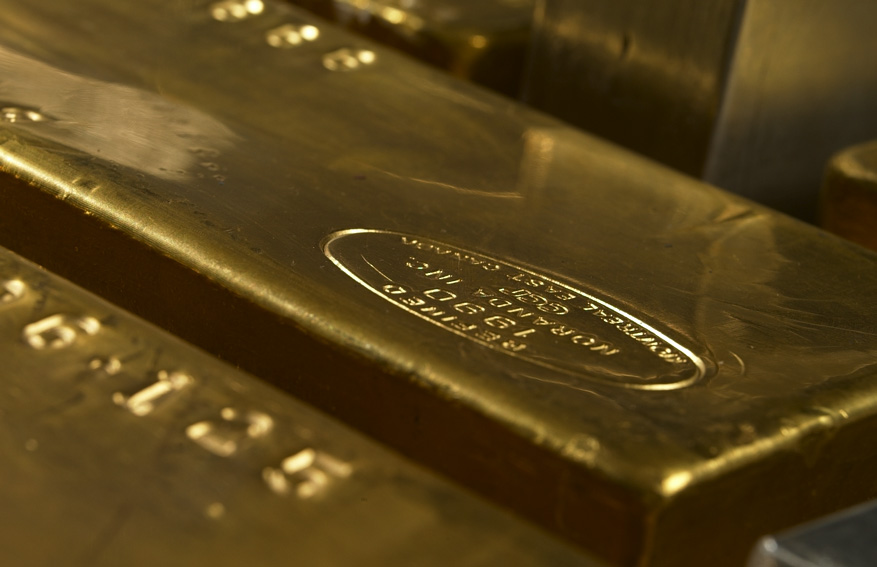
Gold Market Holds Steady Despite Recent Selloff
The comments below are an edited and abridged synopsis of an article by Neils Christensen
Gold has rebounded above $2,600 an ounce after a recent selloff, signaling resilience in the market. Despite a 5% decline following Donald Trump’s election victory, George Milling-Stanley, Chief Gold Strategist at State Street Global Advisors, remains confident in gold’s long-term bullish trajectory.

In an interview with Kitco News, Milling-Stanley reaffirmed his optimistic outlook for gold, projecting year-end prices to range between $2,500 and $2,700 an ounce in his bullish scenario. His base-case forecast remains between $2,200 and $2,500 an ounce.
“I was a bit surprised by the severity of the selloff, but I don’t believe it will last,” he noted. “With a 33% gain this year, investors shouldn’t be overly concerned about this correction.”
The Dollar’s Influence on Gold
The gold market’s recent challenges stem from a strengthening US dollar, which has rallied 3% since the election. Traders are betting on Trump’s “America First” policies to bolster the currency. However, this momentum is showing signs of reversal. The US Dollar Index has dipped below 106.5 points, while gold has climbed, with December gold futures last trading at $2,616.40 an ounce, up nearly 2% on the day.
Milling-Stanley believes the dollar’s strength may be overstated. While Trump’s proposed tariffs could boost domestic production, he warns of higher inflationary pressures that could dampen economic growth.
Inflation And Federal Reserve Policy
Even as the Federal Reserve begins a new easing cycle, the prospect of rising inflation could force the central bank to pivot. Milling-Stanley predicts that Fed Chair Jerome Powell would act decisively by raising interest rates to counter inflation, potentially slowing the economy further.
However, he dismisses concerns about gold’s vulnerability to shifting US monetary policy. “At the start of the year, markets anticipated six rate cuts, and gold still achieved its best rally since 1979,” he said.
Inflation, coupled with Trump’s proposed tax cuts, presents another driver for gold. While tax cuts may stimulate the economy in the short term, they are likely to exacerbate the government’s growing debt burden.
“Gold is highly sensitive to inflation, as well as debts and deficits,” Milling-Stanley explained. “If inflation picks up, gold will respond strongly, regardless of Fed actions to curb it.”
Gold’s Long-Term Appeal
Milling-Stanley remains confident that ongoing uncertainty and easing monetary policies will continue to attract Western investors to gold-backed exchange-traded funds (ETFs). He also views the recent selloff as an opportunity for investors who have been waiting for a price correction.
“Gold remains an attractive asset as interest rates stay low and economic uncertainty lingers,” he emphasized.
In summary, the gold market’s resilience amid short-term volatility underscores its enduring appeal. With inflationary pressures, fiscal concerns, and geopolitical uncertainty on the horizon, gold is poised to maintain its upward trajectory as a key safe-haven asset.

